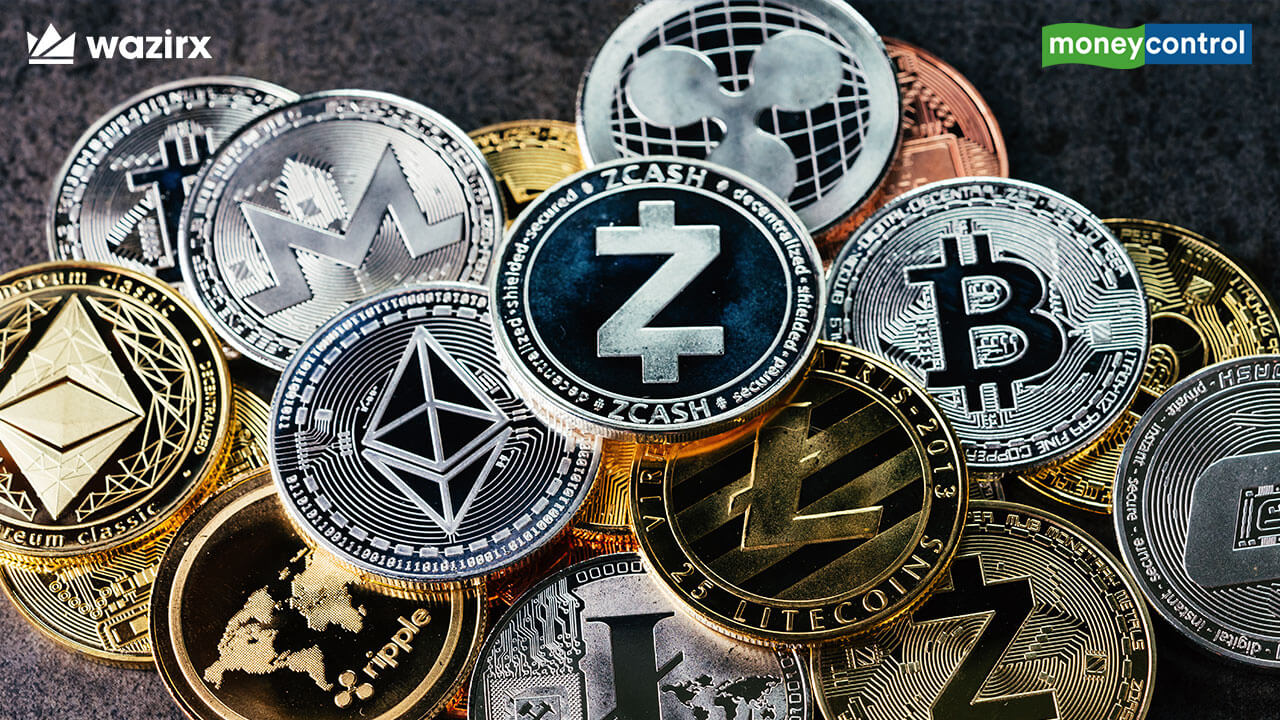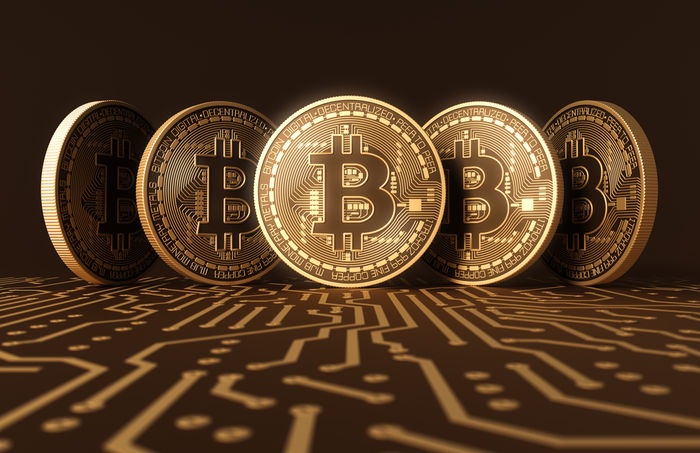All cryptocurrencies
Each of our coin data pages has a graph that shows both the current and historic price information for the coin or token. Normally, the graph starts at the launch of the asset, but it is possible to select specific to and from dates to customize the chart to your own needs kaboo casino review. These charts and their information are free to visitors of our website. The most experienced and professional traders often choose to use the best crypto API on the market. Our API enables millions of calls to track current prices and to also investigate historic prices and is used by some of the largest crypto exchanges and financial institutions in the world. CoinMarketCap also provides data about the most successful traders for you to monitor. We also provide data about the latest trending cryptos and trending DEX pairs.
Welcome to CoinMarketCap.com! This site was founded in May 2013 by Brandon Chez to provide up-to-date cryptocurrency prices, charts and data about the emerging cryptocurrency markets. Since then, the world of blockchain and cryptocurrency has grown exponentially and we are very proud to have grown with it. We take our data very seriously and we do not change our data to fit any narrative: we stand for accurately, timely and unbiased information.
The UK’s Financial Conduct Authority estimated there were over 20,000 different cryptocurrencies by the start of 2023, although many of these were no longer traded and would never grow to a significant size.

List of all cryptocurrencies
Here at CoinMarketCap, we work very hard to ensure that all the relevant and up-to-date information about cryptocurrencies, coins and tokens can be located in one easily discoverable place. From the very first day, the goal was for the site to be the number one location online for crypto market data, and we work hard to empower our users with our unbiased and accurate information.
The UK’s Financial Conduct Authority estimated there were over 20,000 different cryptocurrencies by the start of 2023, although many of these were no longer traded and would never grow to a significant size.
Almost. We have a process that we use to verify assets. Once verified, we create a coin description page like this. The world of crypto now contains many coins and tokens that we feel unable to verify. In those situations, our Dexscan product lists them automatically by taking on-chain data for newly created smart contracts. We do not cover every chain, but at the time of writing we track the top 70 crypto chains, which means that we list more than 97% of all tokens.

Here at CoinMarketCap, we work very hard to ensure that all the relevant and up-to-date information about cryptocurrencies, coins and tokens can be located in one easily discoverable place. From the very first day, the goal was for the site to be the number one location online for crypto market data, and we work hard to empower our users with our unbiased and accurate information.
The UK’s Financial Conduct Authority estimated there were over 20,000 different cryptocurrencies by the start of 2023, although many of these were no longer traded and would never grow to a significant size.
Why do all cryptocurrencies rise and fall together
However, not all policies lead to positive outcomes. When countries attempt to ban or heavily regulate cryptocurrencies, the market often reacts negatively. Political instability can also drive investors toward bitcoin as a safe-haven asset, causing fluctuations in its value. These examples highlight how closely the cryptocurrency market is tied to government decisions.
Projects with a high percentage of their total supply already in circulation often show more stable price movements. For example, cryptocurrencies with over 80% of their supply in circulation tend to experience less volatility. However, projects with less than 50% of their supply in circulation can pose risks of dilution, which may negatively impact their value. Understanding these supply metrics is crucial for investors navigating the cryptocurrency market.
First of all, cryptocurrencies are unregulated assets. That means that central authorities, such as banks and regulatory authorities can’t affect cryptocurrencies in the same way as they usually can with regular currencies and assets. See the stock market for instance – here, central authorities can regulate the price of assets with the purpose of stabilising the price. But that’s not a possibility with cryptocurrencies, as cryptocurrencies are decentralised currencies. Read more about the meaning of decentralised in our blog post “What is cryptocurrency?”.
